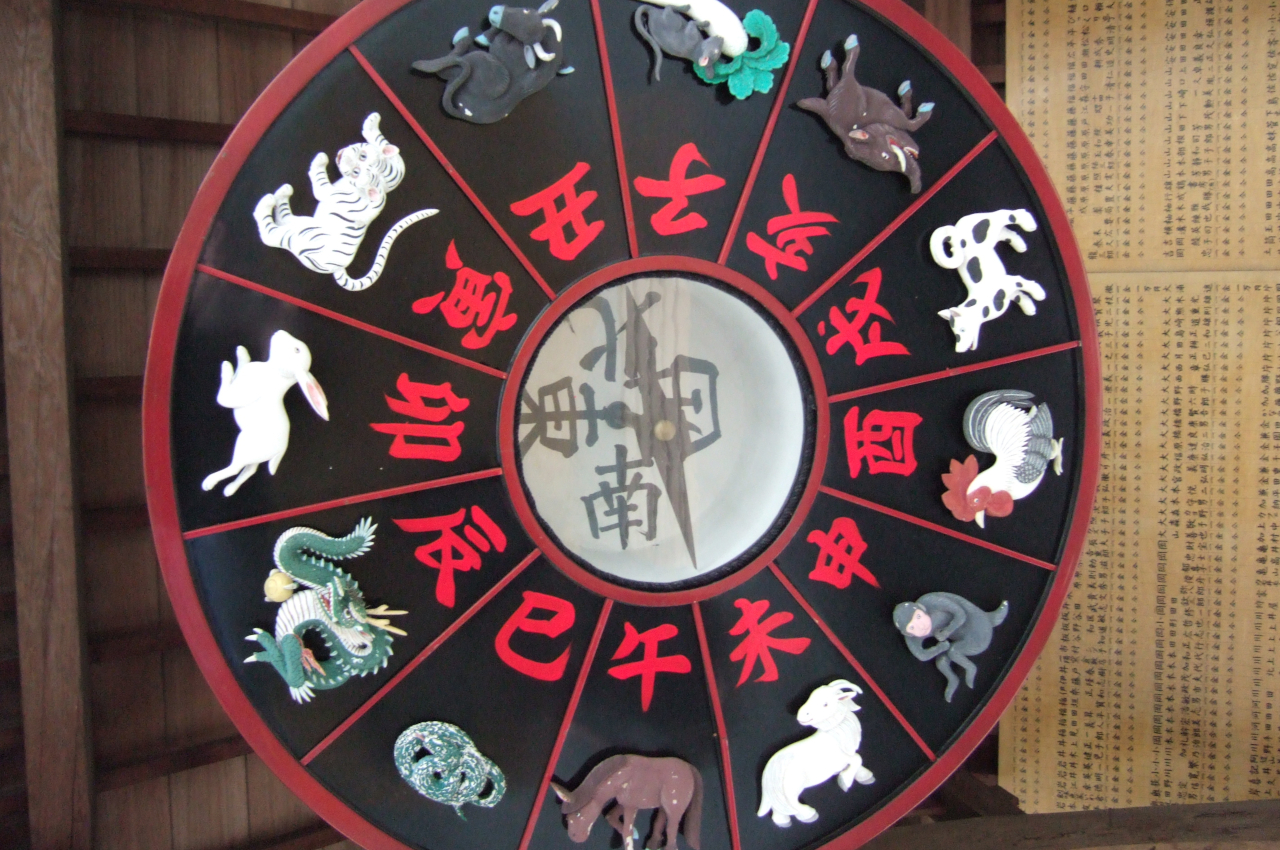
The Chinese zodiac, or shengxiao, consists of 12 animals representing time cycles, with your sign determined by your lunar birth year. Legend has it that only the rat, ox, tiger, rabbit, dragon, snake, horse, goat, monkey, rooster, dog, and pig arrived to bid farewell to a departing god, each earning a place of honor in a year based on their order of arrival. As per studies, one’s personality traits are closely tied to their Chinese zodiac sign and they can influence their individual preferences in home décor. You can explore the colors, materials, and styles aligned with your lunar year to create a living space that resonates with your individuality.
Image courtesy of: GanMed64
YEAR OF RAT
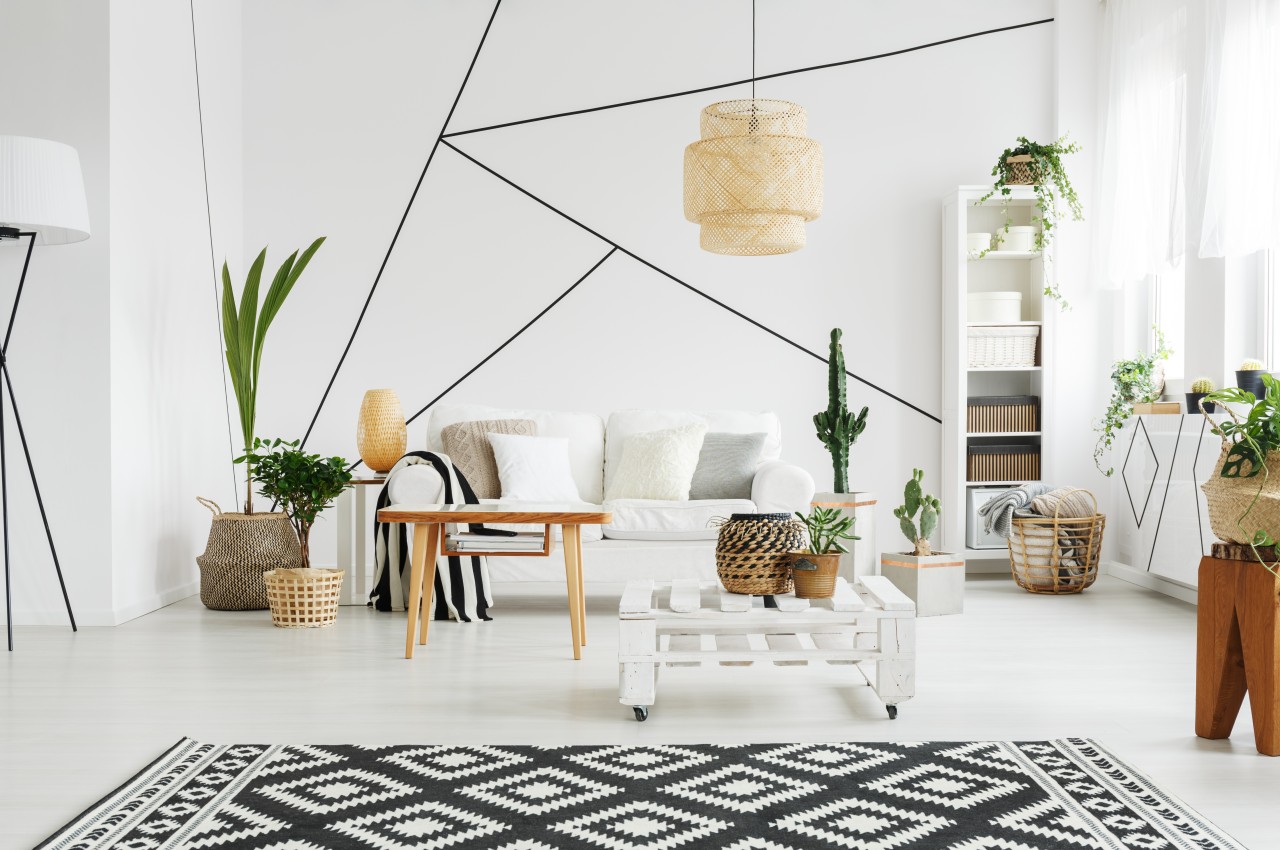
Image courtesy of: bialasiewicz
Birth years: 1936, 1948, 1960, 1972, 1984, 1996, 2008, 2020
Personality: Those born in the year of the Rat exhibit cleverness, charm, and curiosity and they are hardworking with a natural inclination for continuous learning.
Décor Style: They are drawn to objects and colors that ignite their imagination, reflecting their charismatic personalities. Those born in the year of the Rat favor light, airy colors, and a touch of geometric patterns, paying homage to their intellectual nature and satisfying their innate thirst for knowledge, a futuristic home is recommended.
YEAR OF OX
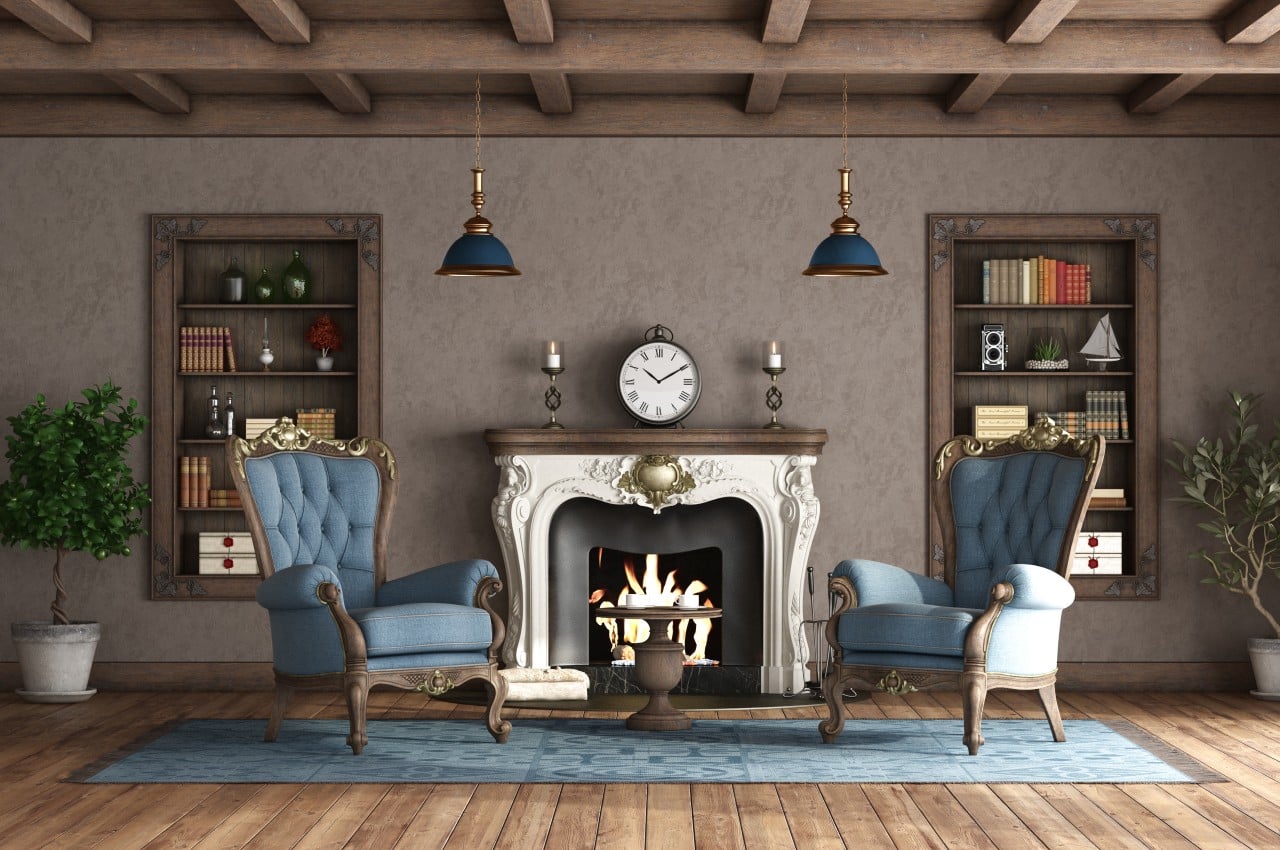
Image courtesy of: archideaphoto
Birth years: 1937, 1949, 1961, 1973, 1985, 1997, 2009, 2021
Personality: Individuals born in the year of the ox are decisive, independent, loyal, and philosophical.
Décor Style: They have a preference for minimalistic designs and traditional aesthetics while the interiors of their home incorporate classic silhouettes, dark neutrals, and a clean and fuss-free ambiance.
YEAR OF TIGER
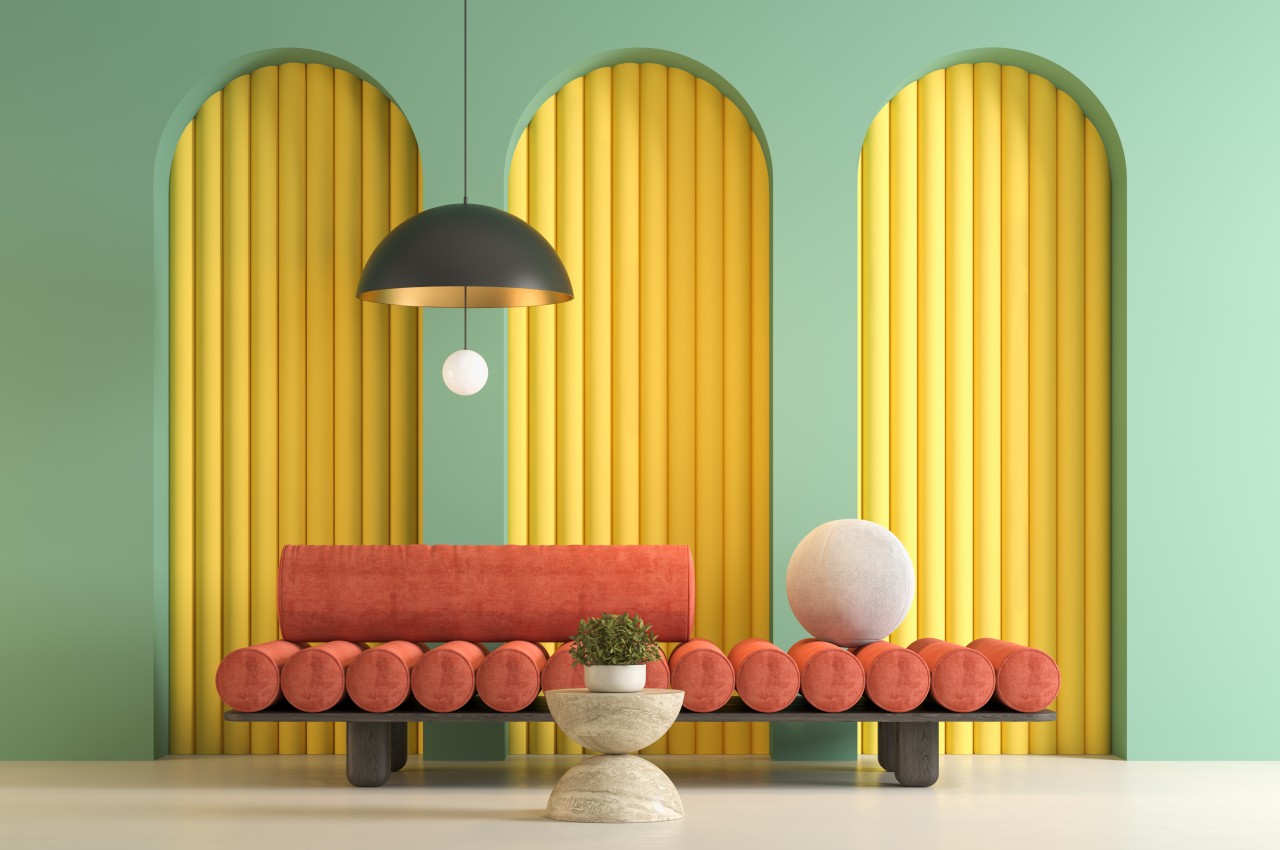
Image courtesy of: hemul75
Birth years: 1938, 1950, 1962, 1974, 1986, 1998, 2010
Personality: Individuals born in the year of the Tiger are confident, fun, and courageous, characterized by a vibrant and fiery nature with intense passion and emotionality.
Décor Style: Those born in the year of the tiger have a preference for vibrant colors, and abstract paintings, and a fondness for contrasting materials such as glass, clay, fabric, and wood.
YEAR OF RABBIT
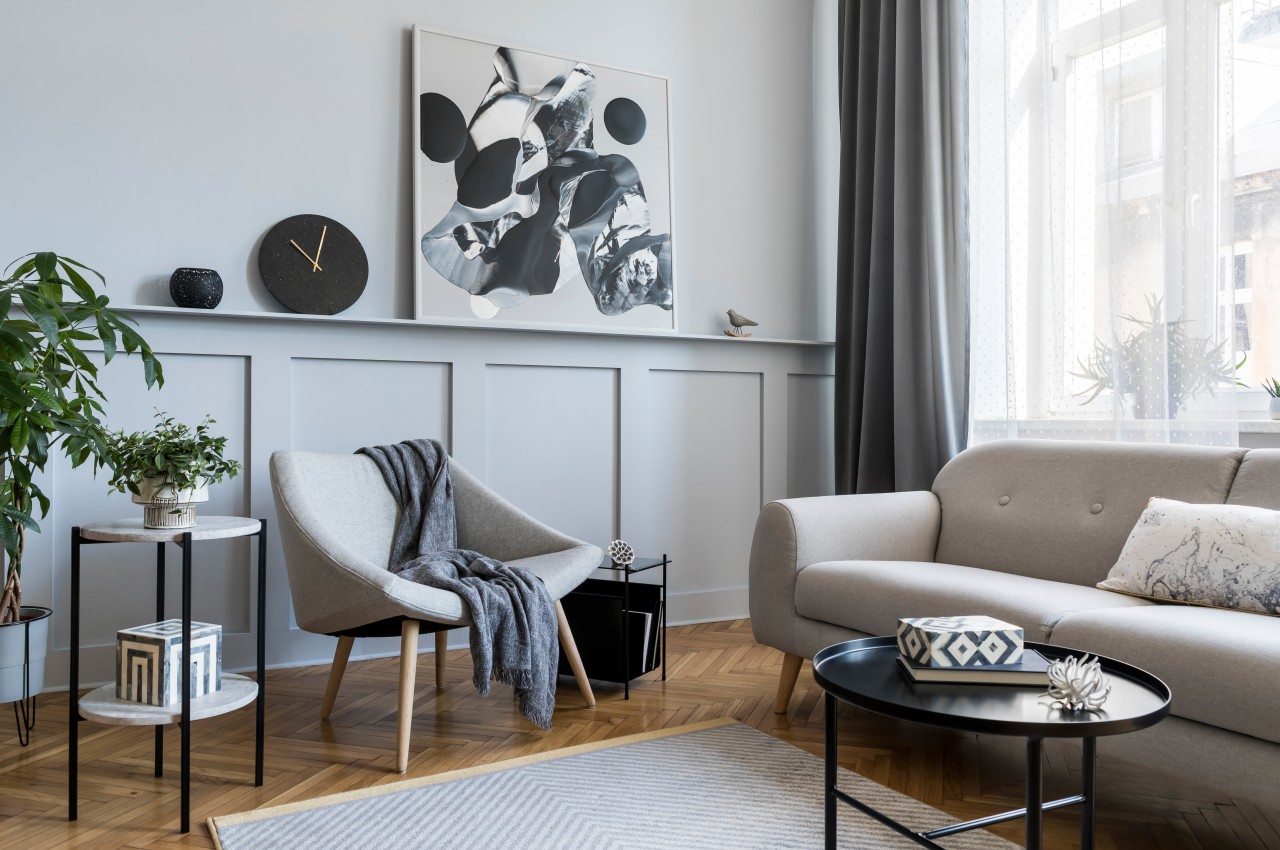
Image courtesy of: FollowTheFlowStudio
Birth years: 1939, 1951, 1963, 1975, 1987, 1999, 2011, 2023
Personality: People born in the year of the rabbit are distinguished by their natural compassion, sincerity, and generosity. Recognized for their kindness, care, and loyalty, rabbits tend to exhibit introverted tendencies, often necessitating significant alone time at home for recharging.
Décor Style: They are not fond of a mix of colors or styles but also prefer a monochromatic color palette and comforting textures. Additionally, they opt for a straightforward, clutter-free style that enhances the calming atmosphere.
YEAR OF DRAGON
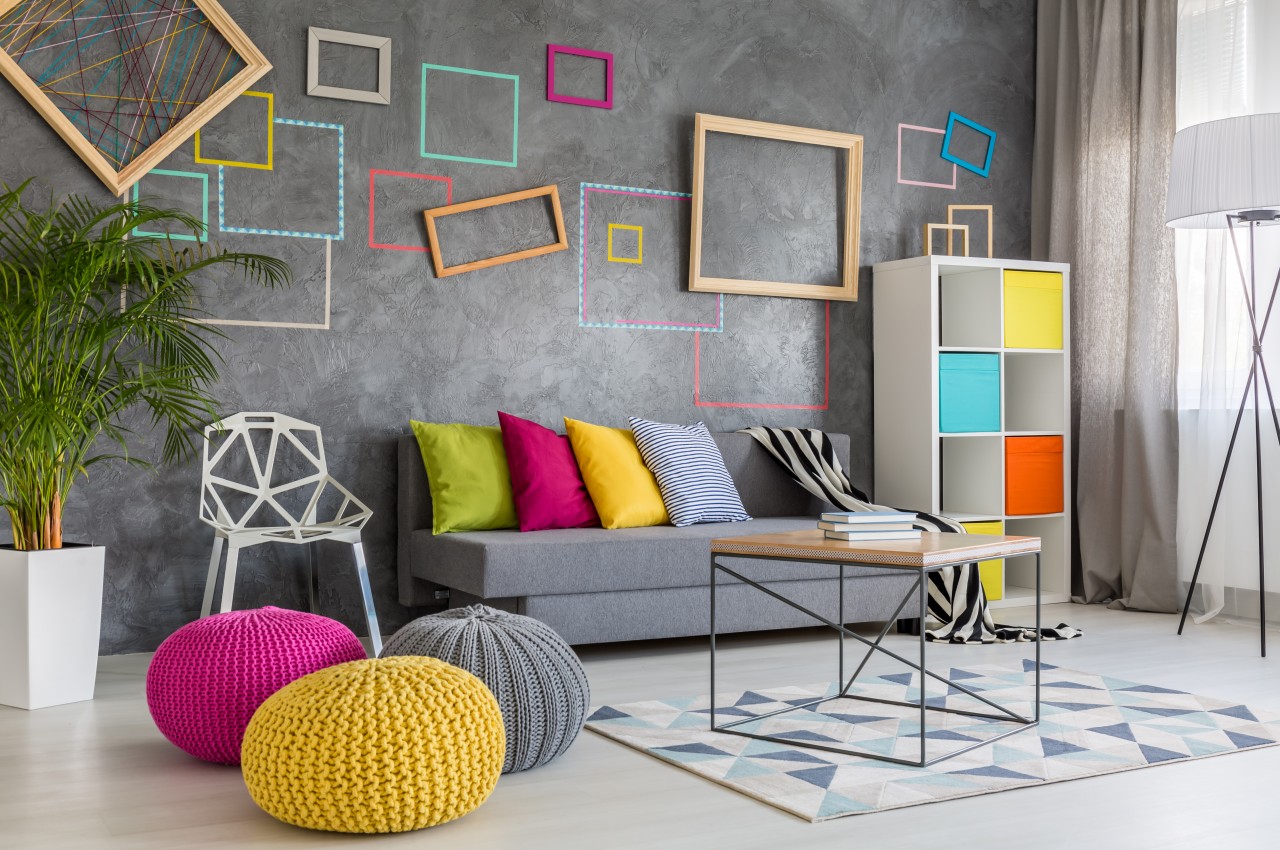
Image courtesy of: bialasiewicz
Birth years: 1940, 1952, 1964, 1976, 1988, 2000, 2012, 2024
Personality: Despite their outward energy and fearlessness, individuals born in the year of the dragon possess a gentle interior, marked by a warm heart and unwavering loyalty. This gentle demeanor coexists with a dynamic personality that is driven by their perpetual quest for new adventures.
Décor Style: Those under the dragon sign value the idea of home and its comforting aspects. Their aesthetic preferences include bold colors and plush designs. Moreover, the prominent warm colors are believed to inspire a feeling of harmony, as they perfectly complement the Dragon’s strong and vibrant presence.
YEAR OF SNAKE
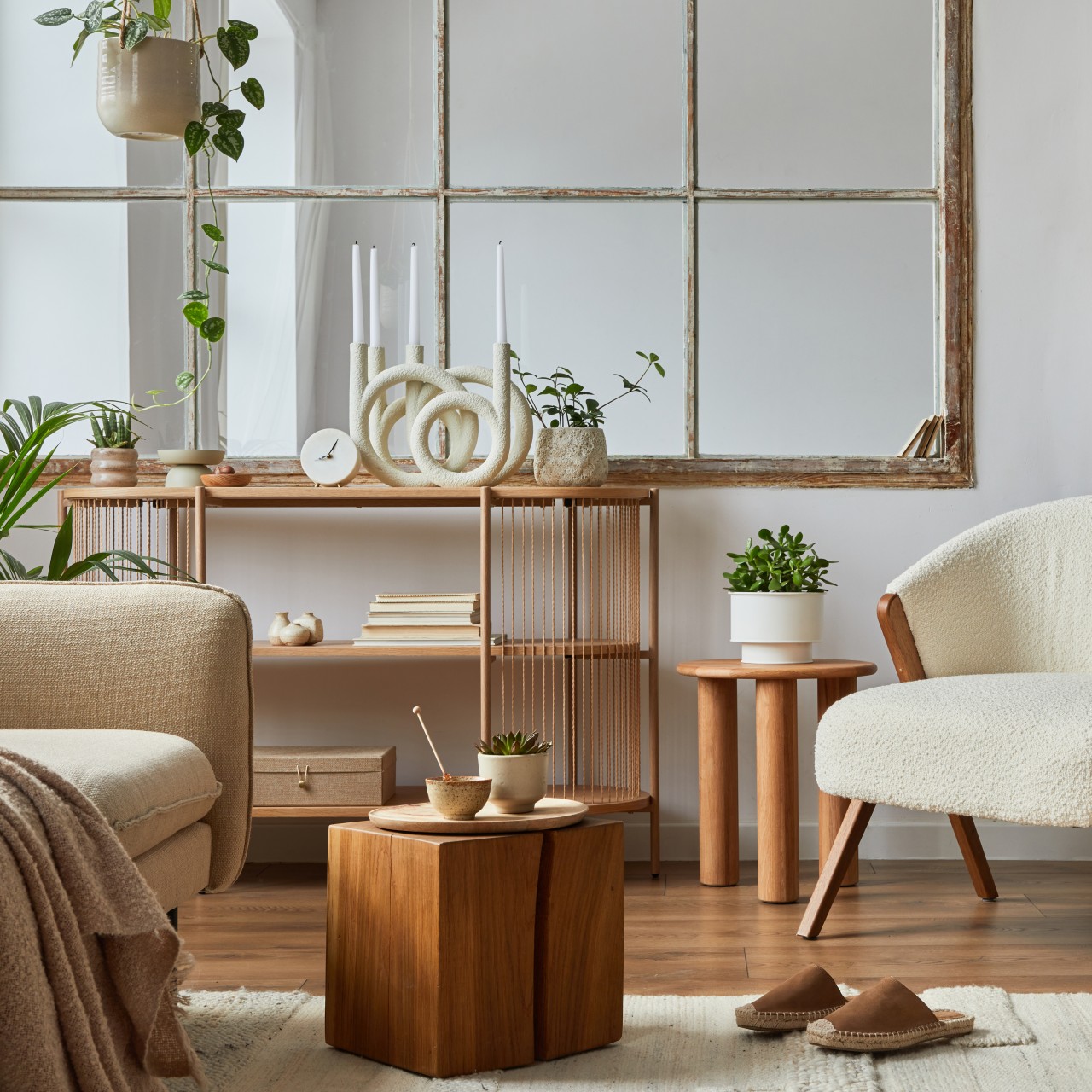
Image courtesy of: FollowTheFlowStudio
Birth years: 1941, 1953, 1965, 1977, 1989, 2001, 2013, 2025
Personality: Those born in the year of the Snake are charming, clever, and reserved, showcasing intellectual prowess and an observant nature. Also, individuals with this zodiac sign often exhibit wit, sociability, and strong will, reflecting an ambitious nature that inclines them toward a simple, nature-inspired theme to soothe their competitive spirits.
Décor Style: Their décor style reflects their love for bookcases, books, and classic wooden coffee tables. An excellent choice for this is the Japandi interior design style, characterized by clean lines, nature-inspired colors, and bright spaces reminiscent of nature’s soothing qualities to enhance the Snake’s wisdom and intellectual capabilities.
YEAR OF HORSE
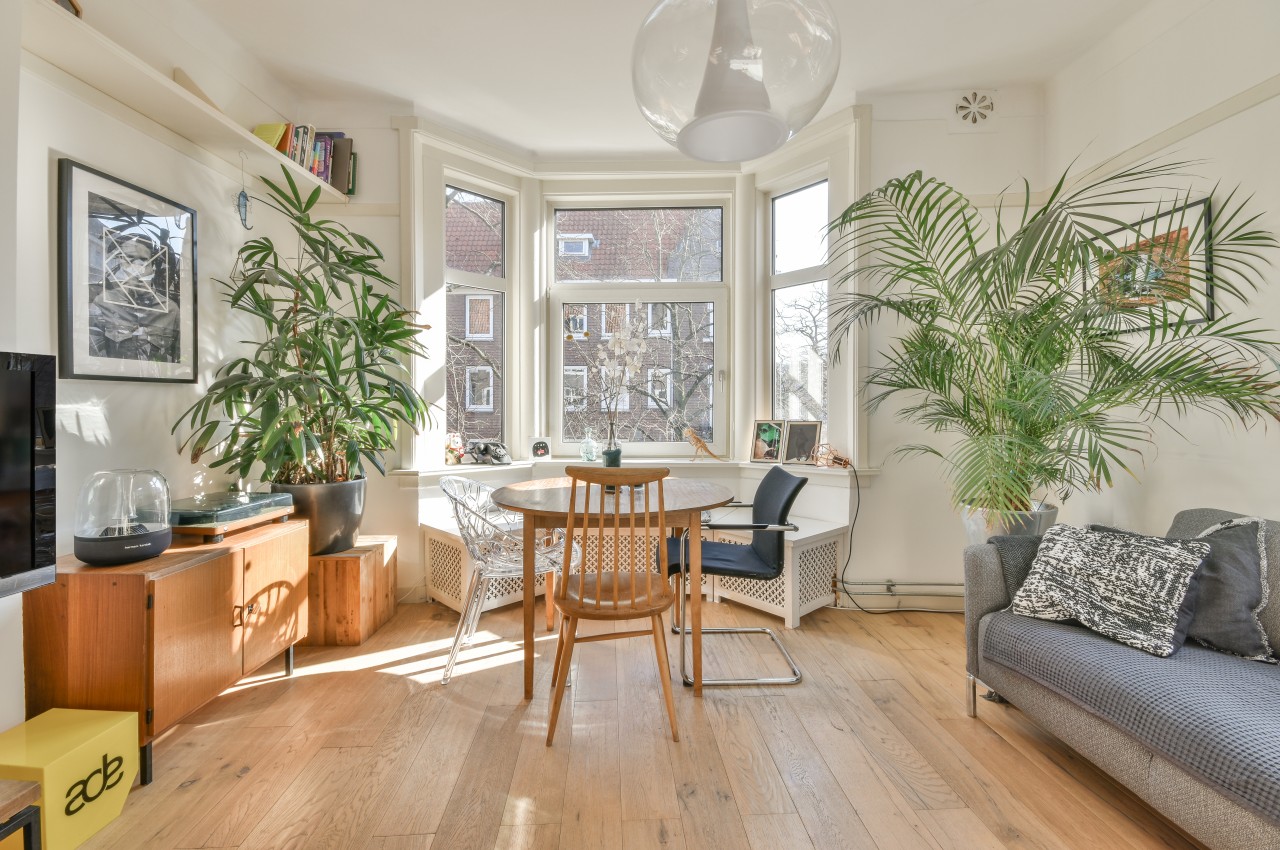
Image courtesy of: pro_creator
Birth years: 1942, 1954, 1966, 1978, 1990, 2002, 2014, 2026
Personality: The horse is an extrovert and is defined by energy and independence and the individuals born under the horse sign in the Chinese zodiac are infused with compassion and love.
Décor Style: Individuals born in the year of the horse find an ideal home aesthetic that incorporates mementos from global travels and soft, comforting designs. Opting for muted colors, classic Scandinavian styles with pale woods like ash and beech are particularly suited for creating a calming home environment.
YEAR OF GOAT
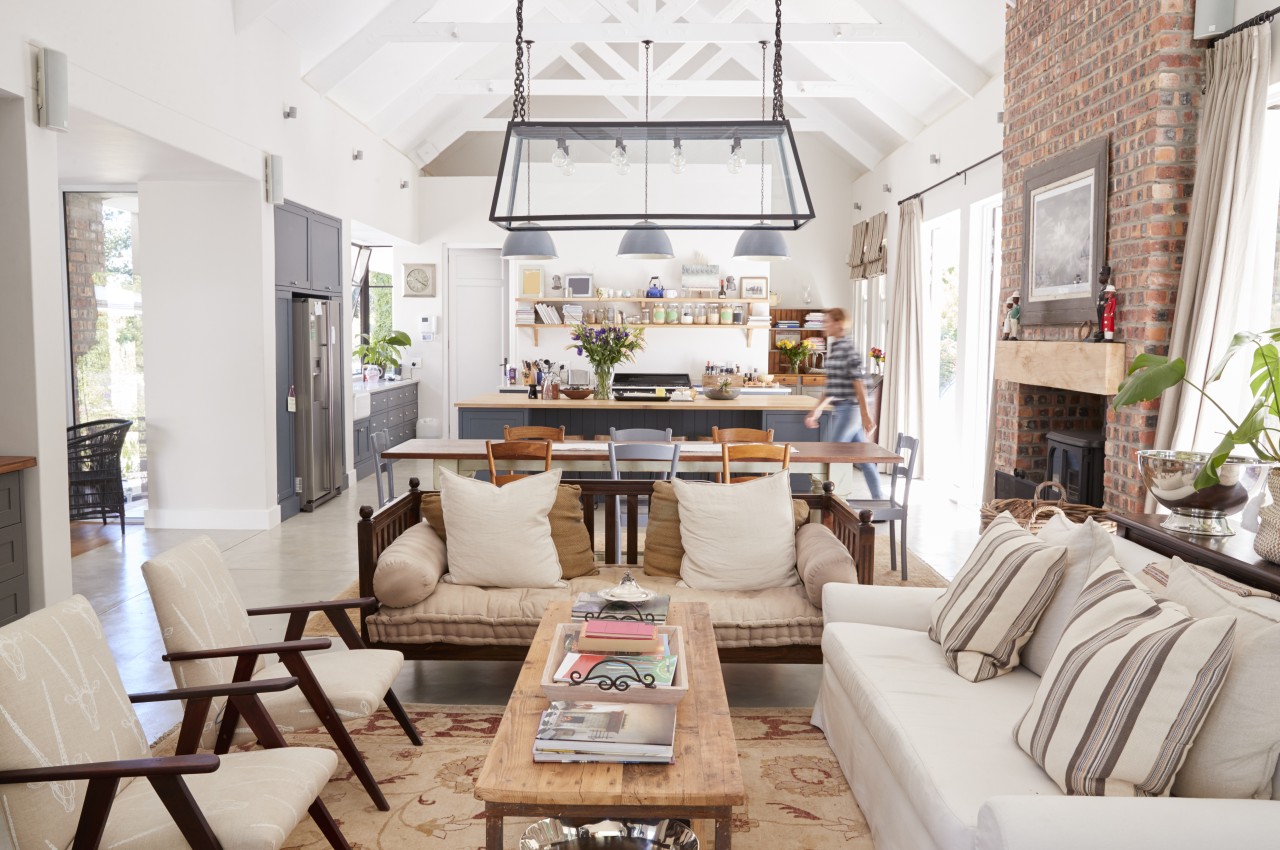
Image courtesy of: monkeybusiness
Birth years: 1943, 1955, 1967, 1979, 1991, 2003, 2015, 2027
Personality: Those born in the year of the goat are known as deep thinkers who have a strong appreciation for beautiful things. quiet with gentle, seemingly meek personalities
Décor Style: Create an ideal space for those born in the year of the goat with a decor that encourages creativity, blending a modern and airy ambiance with soft layers and cushions for a hospitable feel. Opt for a warm and inviting aesthetic, like the modern farmhouse style, characterized by natural textures and warm wood tones, to enhance their warmth.
YEAR OF MONKEY
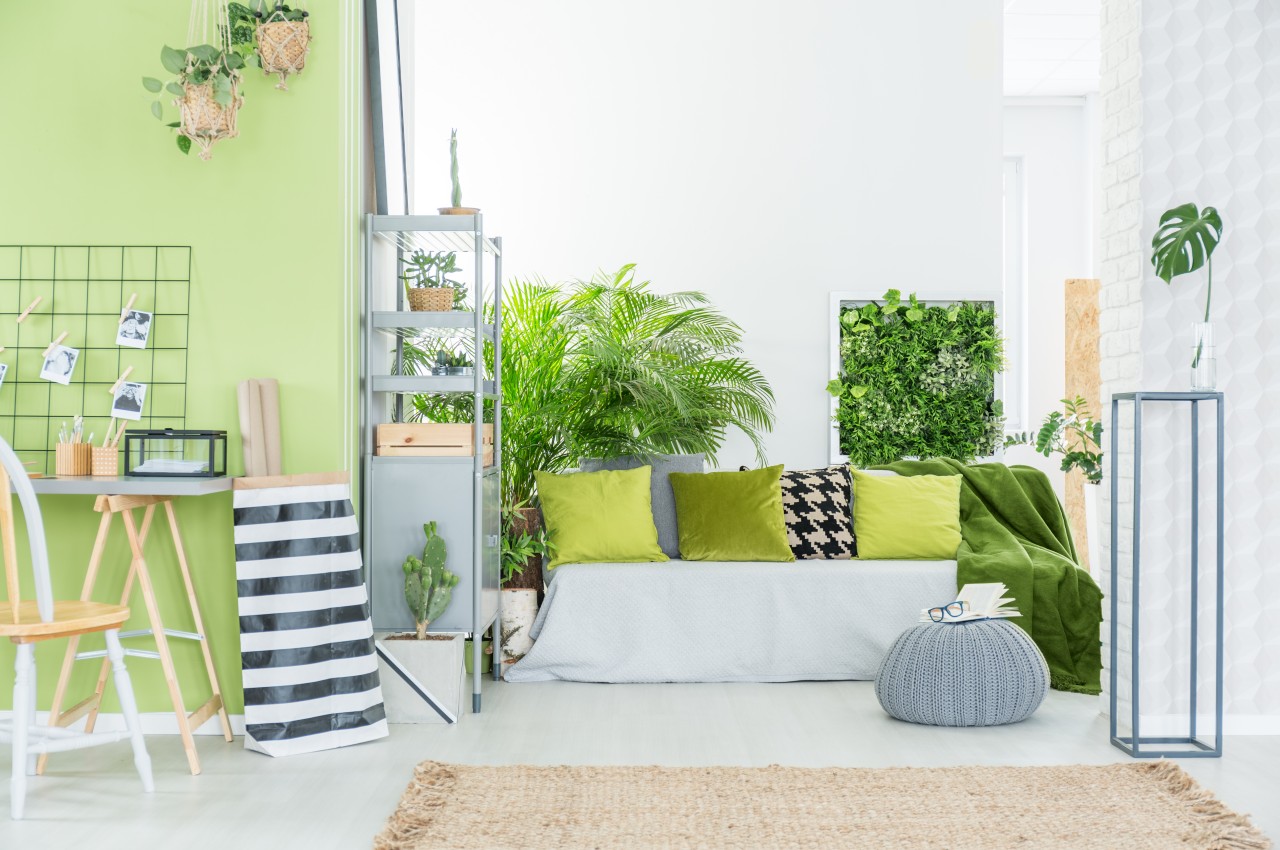
Image courtesy of: bialasiewicz
Birth years: 1944, 1956, 1968, 1980, 1992, 2004, 2016, 2028
Personality: Born under the Monkey sign, individuals exude upbeat, playful, and quick-witted traits, radiating joy in their interactions with others among the Chinese zodiac signs.
Décor Style: Their extroverted natures thrive on social engagements while they enjoy a sunny, natural décor that is adorned with live plants and vibrant colors. To moderate potential prankster tendencies, a decor dominated by wooden tones is the best choice, grounding their lively nature.
YEAR OF ROOSTER
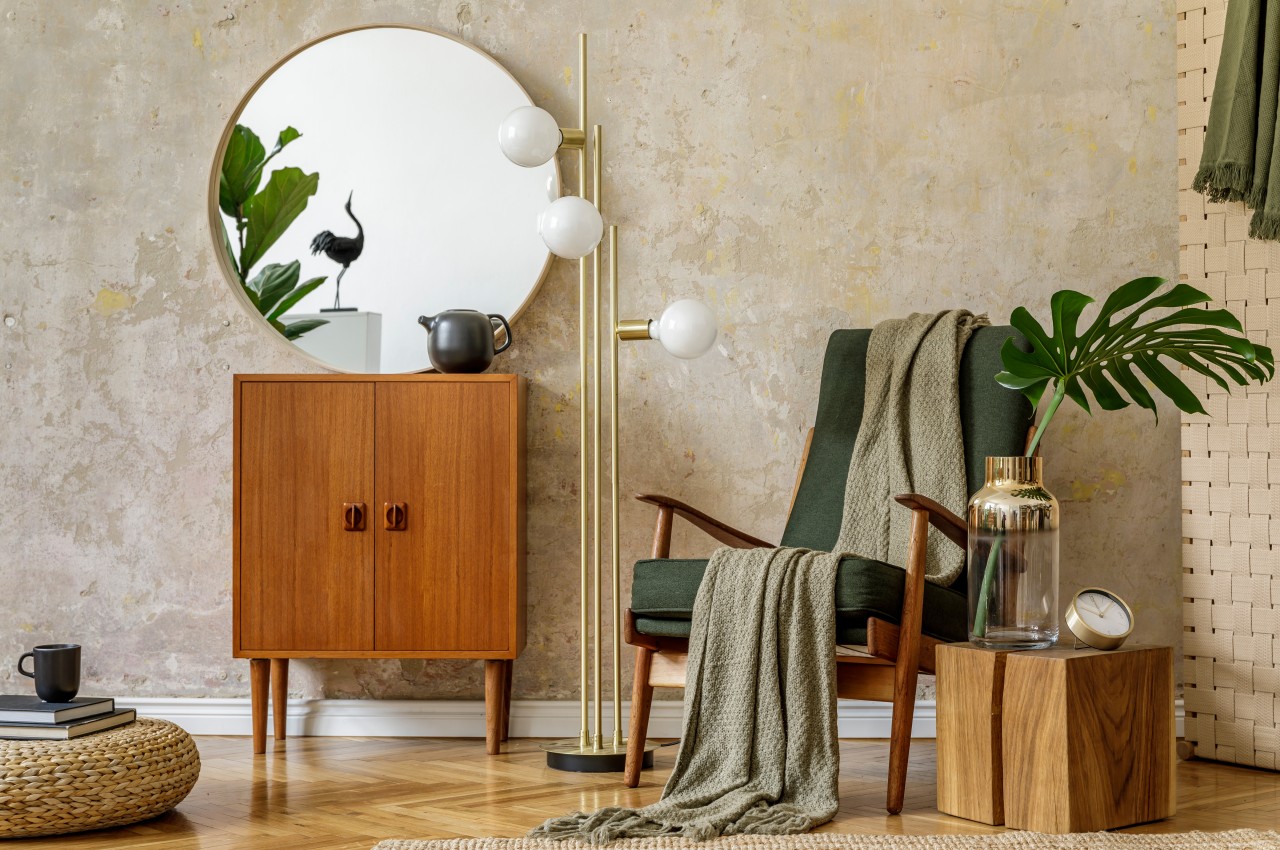
Image courtesy of: FollowTheFlowStudio
Birth years: 1945, 1957, 1969, 1981, 1993, 2005, 2017, 2029
Personality: Hardworking, vigilant, and independent, individuals born under the rooster sign are goal-oriented and find relaxation in environments that enable them to accomplish tasks on their to-do lists and strategize for future successes.
Décor Style: Individuals born in the year of the Rooster should ideally have a home featuring at least one work setup with classic wood materials and neutral colors. A vintage look brings comfort, with aged furnishings creating a reassuring ambiance and serving as a reminder that imperfections are acceptable.
YEAR OF DOG
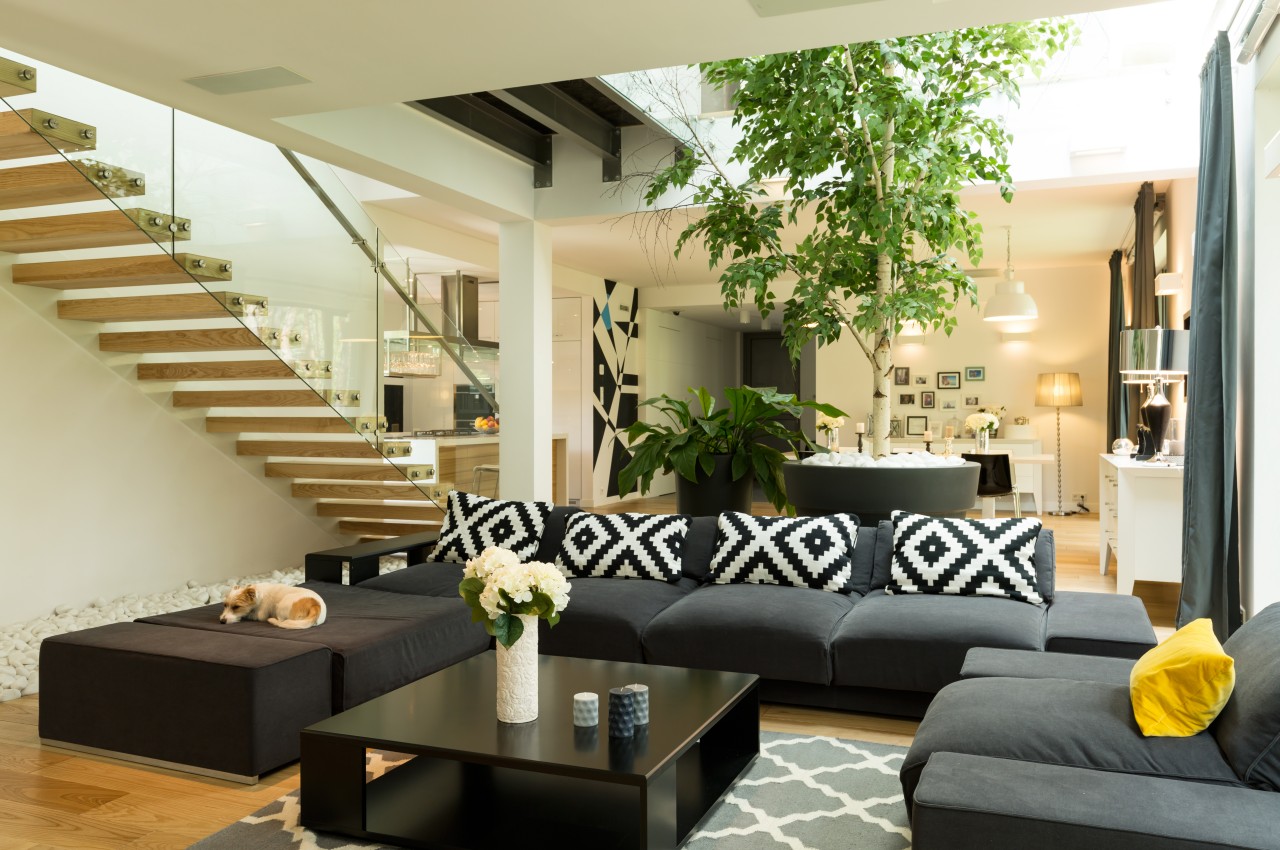
Image courtesy of: bialasiewicz
Birth years: 1946, 1958, 1970, 1982, 1994, 2006, 2018, 2030
Personality: Individuals born in the year of the dog epitomize loyalty, placing utmost importance on friendships and family within the context of their values.
Décor Style: For those with the year of the dog as their birth year, an ideal home environment is characterized by a contemporary interior style, blending sleek design and clean lines for a sophisticated home that suits both get-togethers and their need for order.
YEAR OF PIG
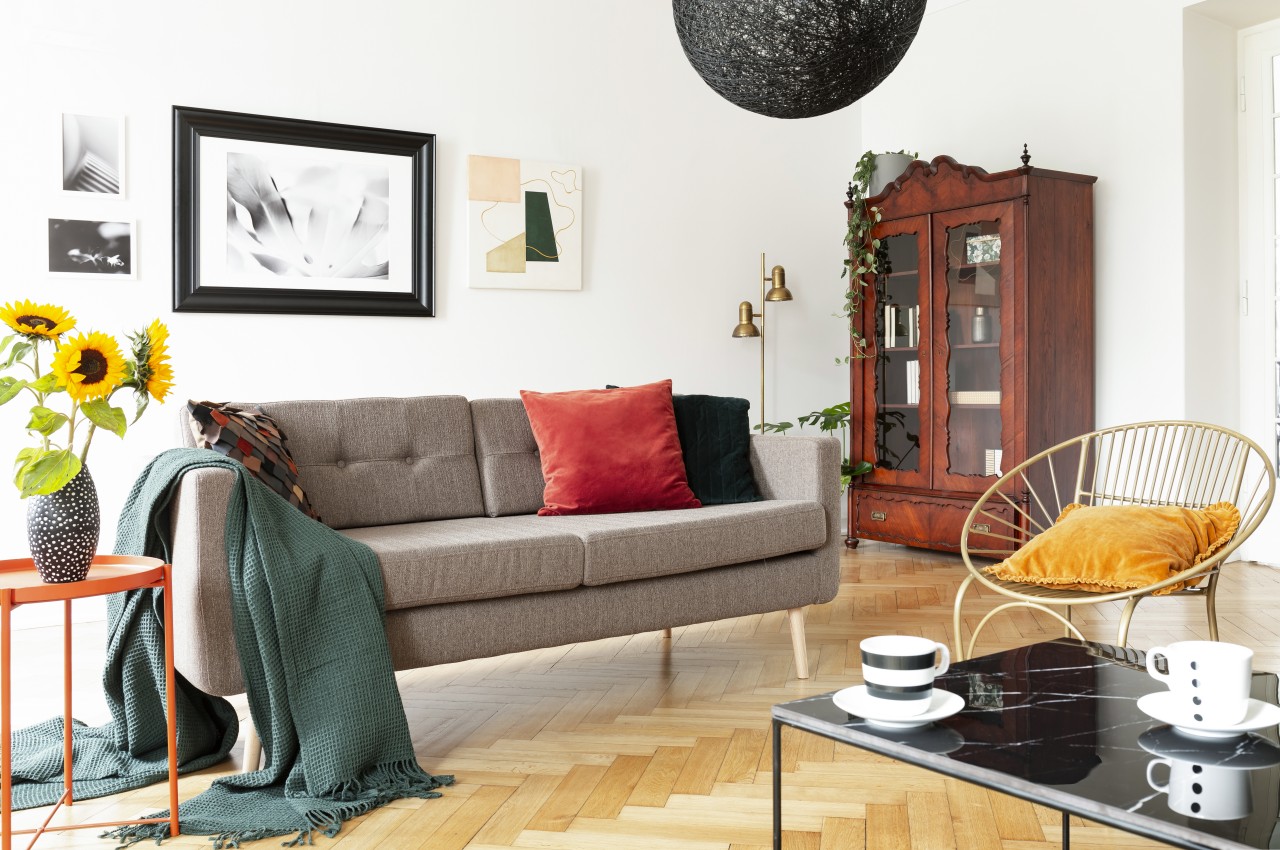
Image courtesy of: bialasiewicz
Birth years: 1947, 1959, 1971, 1983, 1995, 2007, 2019, 2031
Personality: Born in the year of the pig, individuals naturally appreciate life’s finer aspects without prioritizing material luxury. Easygoing and independent, Pigs can, however, easily feel stressed about life.
Décor Style: They find utmost comfort in designs that are crafted with quality materials, and adorned with a hint of glamorous metallic elements that exude elegance. For a calming haven, they can opt for a classic minimalist home with subdued colors, natural light, and well-organized spaces that perfectly suit the magnanimous nature of Pigs.
The post Discover Your Ideal Decor Style Through Chinese Astrology first appeared on Yanko Design.